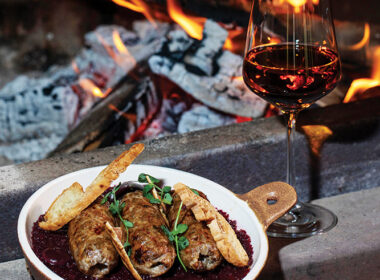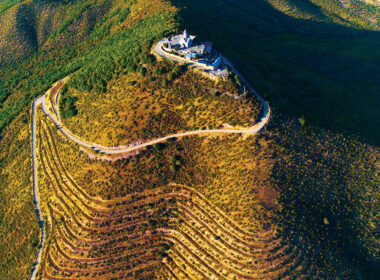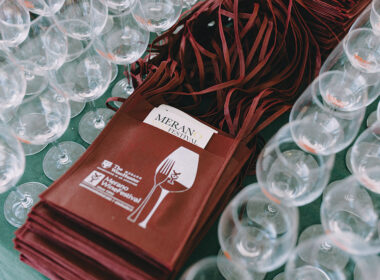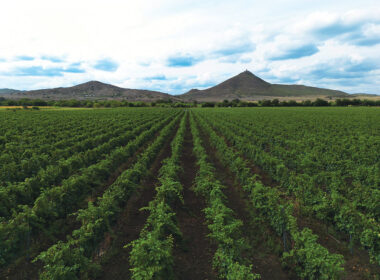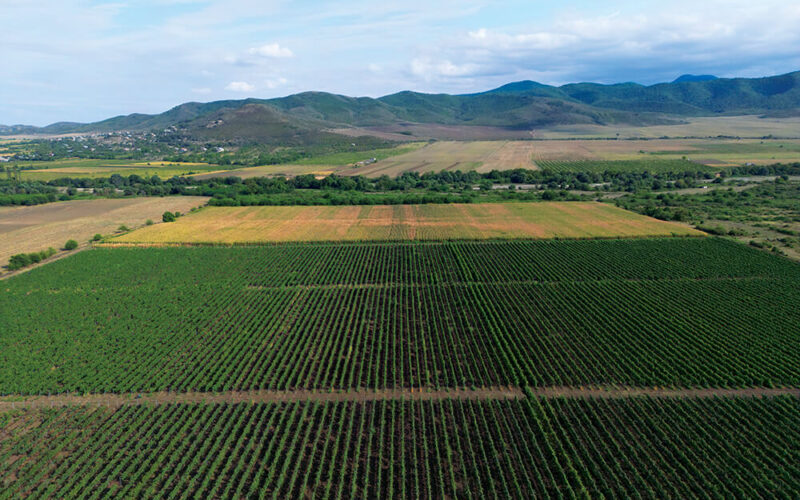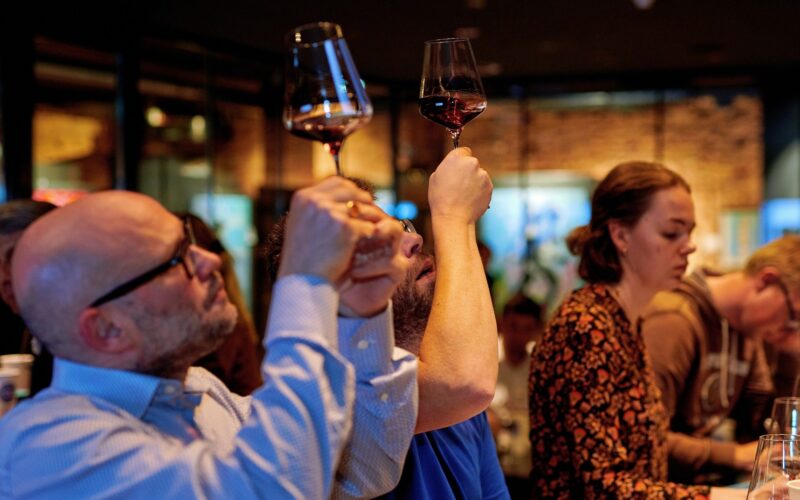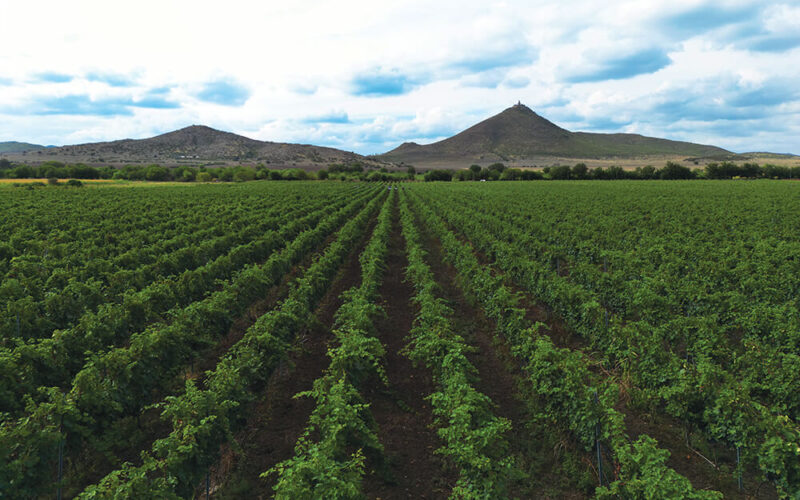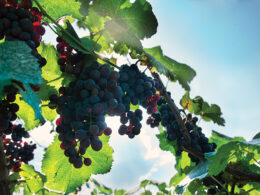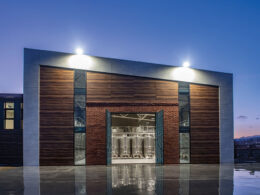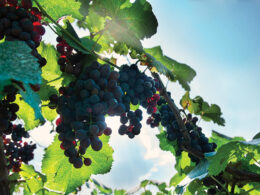| The Winemaking Region for Creative Freedom and Bold Stylistic Decisions |
Giorgi Samanishvili

This time, the focus of Homeland of Wine shifts to Kvemo Kartli and the grape varieties and wines of this region. It is never easy to talk about Kvemo Kartli, as we still have much to explore in this area. Historically, the situation here has changed numerous times – affecting the population, grape varieties, and winemaking technology. However, we can talk about the region from today’s perspective – explore how viticulture and wineries are developing, having undergone significant progress in recent years. Let’s talk about Bolnisi, the region that has experienced notable advancements in recent years, and delve into Marneuli and Asureti, which have good prospects.
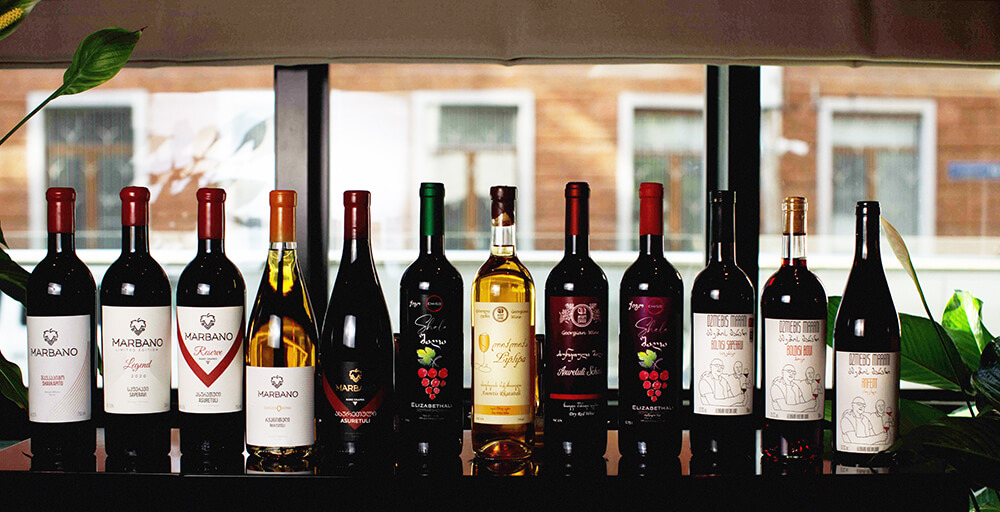
Levan Ujmajuridze | Director, Dr, Professor | Academician of Georgian Academy of Agriculture Sciences (GAAS) | LEPL SCIENTIFIC-RESEARCH CENTER OF AGRICULTURE: Traditionally, in Kvemo Kartli, white grape varieties such as Rkatsiteli, Chinuri, and Goruli Mtsvane were widespread, while Saperavi and Tavkveri were common among the reds. Historical sources also note the presence of Buera and Melikuda; however, these varieties are nearly absent in current vine plantings. Melikuda (fox tail) is a white grape variety, its cluster resembling a fox’s tail, hence the name.

We also find varieties of the same name in countries like Greece, Italy, Turkmenistan, and Armenia. According to Ivane Javakhishvili, a Georgian historian and linguist, the term ‘fox tail’ was introduced to neighbouring countries from Georgia, not vice versa.
Two intriguing varieties are Pirghebuli (available in white and black variations) and Ktsia Shavi. The latter was discovered in the second half of the twentieth century in the Ktsia River valley, within the woodlands of the village of Samshvilde. Both these varieties can have their roots traced back to their wild forms, indicating that the wild forms found in abundance throughout Georgia, including in Kvemo Kartli, serve as ancestors to the cultivated grape varieties, and that through evolution, these wild forms evolved into cultivated varieties. Literary sources confirm that Pirghebuli Shavi and Ktsia Shavi were used to craft high-quality, dry, red table wines. Presently, in Kvemo Kartli, the varieties from Kartli (Tavkveri, Shavkapito, Buza, Danakharuli), Kakheti (Rkatsiteli, Saperavi, Kakhuri Mtsvane, Kisi, Khikhvi), Racha (Aleksandrouli) and Imereti (Tsolikouri, Krakhuna) are cultivated.
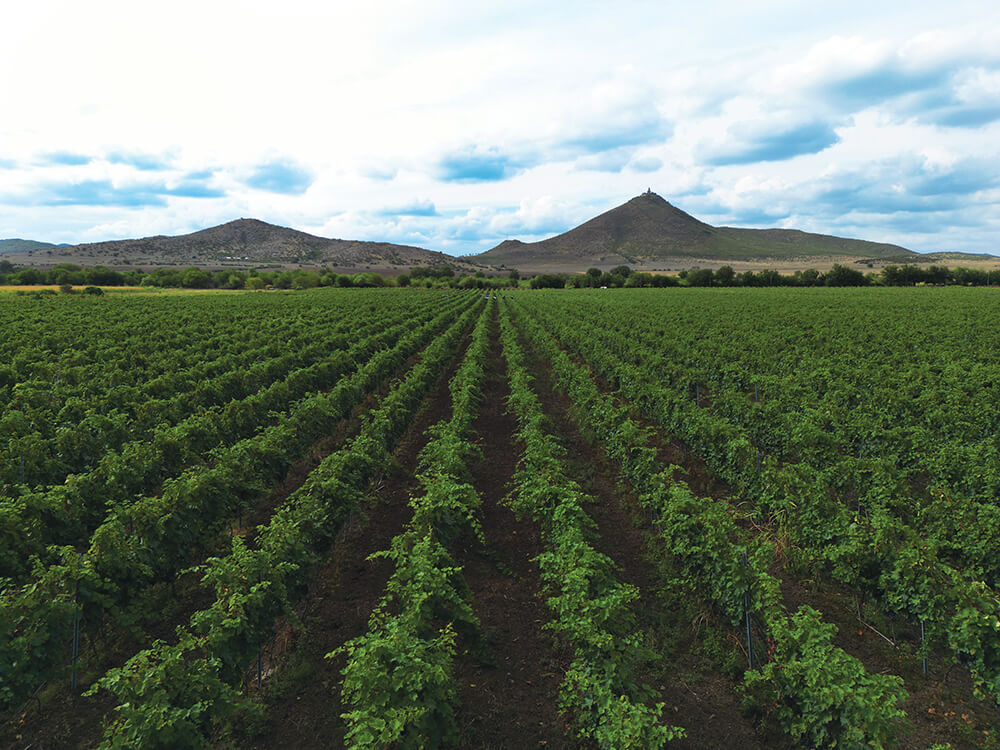
We can also find Meskhuri Mtsvane; however, it is Asuretuli Shavi, that is considered one of the most noteworthy varieties of this region. Its discovery is linked to the German colonist Otto Schall, who found it among wild vines in Asureti’s (village in Kvemo Kartli) forest and propagated it. The local Germans referred to it by the names –Schalltraube and Schallschwarz.
The wine was crafted from this variety, later labeled as Shala. Asuretuli Shavi bears female flowers, necessitating the planting of hermaphrodite grape varieties alongside it, preferably red.
Asureti
During the 1820s, Tsarist Russia initiated the relocation of German colonists to Georgia, with many settling on the outskirts of Tbilisi. This led to the establishment of the German settlement of Elizabethal (modern day Asureti), within the Tetritskaro municipality.
By the end of the 19th century, Elizabethal became a well-developed, exemplary village from an agricultural standpoint. Germans pursued cattle breeding, arable farming, and handicrafts. The most developed fields of Agriculture included- viticulture, crop breeding, and potato growing.
They established socio-cultural institutions that played an active role in the socio-economic and cultural life of the population. In Asureti, the German-built buildings have endured to this day, including a wine cellar, a Lutheran cathedral built in the Gothic style, and residential houses designed in the old German architectural style.
Specialist shops dedicated to selling Asuretian-made wine had opened in Tbilisi, Baku, and Yerevan. The vineyards were cultivated 7 kilometers from the village, on the banks of the Algeti River, facilitating a high-quality harvest. The Germans also constructed a unique, three-story building in the middle of the vineyard – a wine cellar, where they made up to 5,000 tons of wine. In 2017, the building acquired the status of a cultural heritage monument.
Asuretuli Shala- PDO
Geographical zones and areas of production: Asuretuli Shala microzone, located in Asureti village in the Tetritskaro municipality, along the left bank of the Algeti River, encompasses arable lands within Asureti. The vineyards predominantly planted on loamy soils are distinguished by their coarse-grained structure, and, in conjunction with the mesoclimate, facilitate favorable conditions for wine growing. Hence, the wine acquires a rich flavour and complexity, balance between sweetness and acidity, roundness, and a well-balanced tannin structure. All this determines the unique organoleptic characteristics of Asuretuli Shala.
Asuretuli Shala can exclusively be crafted from Asuretuli Shala grapes cultivated within the Asuretuli Shala microzone. Additionally, it’s acceptable to blend up to 15% of Tavkveri and Shavkapito grapes with the Asuretuli Shala.
Asuretuli Shala is a dry red wine, presenting a ruby to dark ruby hue. It boasts a vibrant, refined acidity with hints of blackberry and blackcurrant. With aging, it develops a pronounced bouquet of spicy undertones (pepper and cloves) alongside notes of dried fruit (prunes).
Levan Ujmajuridze: It should be noted that Kakhetian grape varieties have good prospects in Kvemo Kartli. The wines produced by the majority of Bolnisi wine-makers are predominantly based on the Kakhetian varieties – Rkatsiteli and Saperavi.
The delightful taste and organoleptic qualities of the wines, produced from both of the grape varieties grown in the Bolnisi municipality, are notably shaped by the local soil and microclimate conditions. These unique traits distinctly set them apart from wines produced from the same varieties within the municipalities of the Kakheti region; nonetheless, I believe that local varieties like Ktsia, Pirghebuli, and Melikuda, which I mentioned above, should be given more attention. Today, these varieties are represented in small numbers in collectible plantings and are subject to propagation. Furthermore, some of the Shida Kartli varieties- red-grape Tavkveri, Shavkapito, Buza, Danakharuli, and white-grape Jvari (this variety gives excellent produce in a relatively high vertical zone), and others, can be freely planted in Kvemo Kartli as well.
Giorgi Samanishvili: I share your view on honouring history and tradition. While I do welcome Rkatsiteli and Saperavi as the primary grape varieties in Eastern Georgia, I advocate for greater representation of endemic Kartli varieties within the region. Among them, more emphasis needs to be placed on Tavkveri.
Levan Bandzeladze/Winery Marbano: This variety genuinely yields the best results, particularly in Bolnisi, and the wine is also very notable. Moreover, Bolnisi Tavkveri is generally quite different from the Tavkveri cultivated in Kartli.
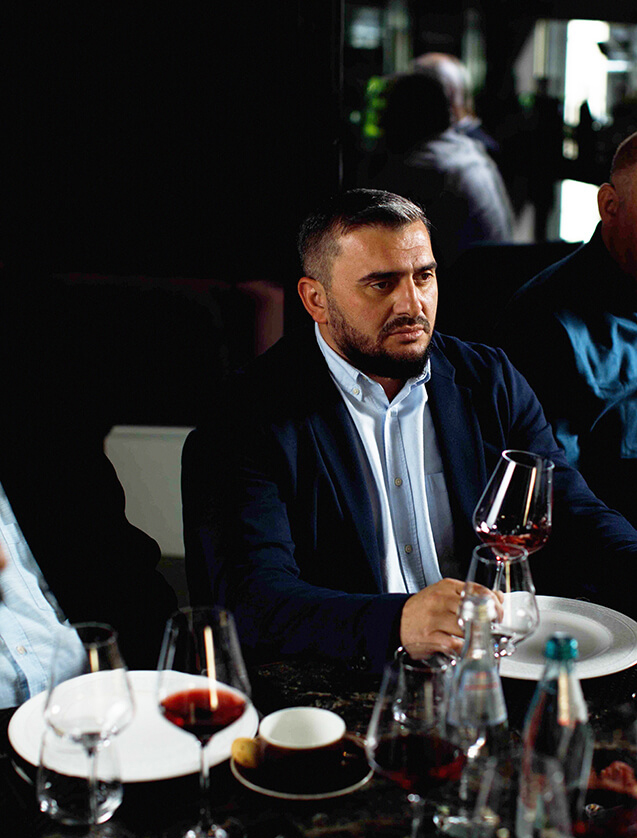
Levan Ujmajuridze: While our discussion revolves around wine grape varieties, it’s crucial to note that Kvemo Kartli, particularly the municipalities of Marneuli and Gardabani, serve as an ideal area for cultivating table grape varieties. This region’s proximity to Tbilisi will facilitate easier supply to the capital.
We have more than 200 table grape varieties in Jighaura, each of distinct ripening periods: table grape varieties of early ripening period are ideal for seasonal consumption, and the late-ripening varieties are best for preservation in a cold room. Given this, it’s regrettable that all table grape varieties are imported into the country, year-round, instead of being locally cultivated. Moreover, growing raisin grape varieties seems to be a more suitable choice for both municipalities as well.
Bolnisi and Tetritskaro municipalities provide excellent conditions for producing high-quality wine, as do some villages within the Marneuli municipality. The onset of climate change, causing widespread issues globally, has benefited certain viticultural regions in Georgia. In higher-altitude areas like Meskheti (at 1300 meters above sea level) and the municipalities of Bolnisi and Tetritskaro, it’s now feasible to cultivate vineyards and yield quality grapes.
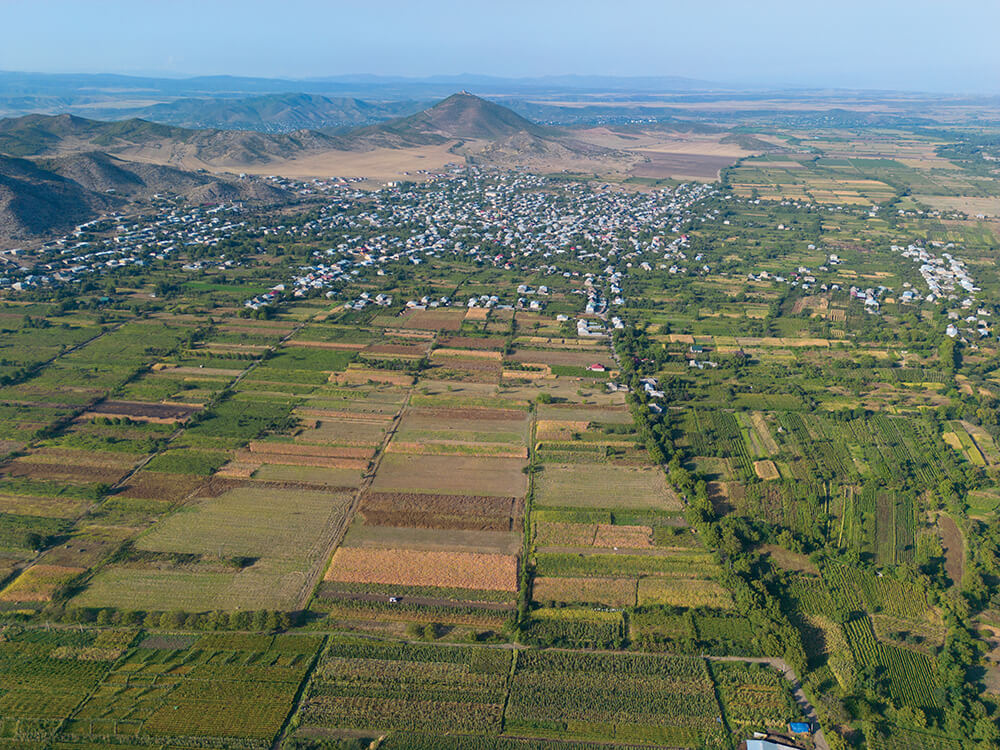
Subsequently, it’s essential to take into consideration the vertical zonation and ripening periods of wine grape varieties, followed by suitable comprehensive agrotechnological strategies. Each municipality must address these matters based on their specific needs.
David Chichua | LEPL Scientific-Research Center of Agriculture: What I’d like to define is our stance on Kvemo Kartli’s stylistic identity. Additionally, let’s approach this as a challenge rather than a dilemma. The issue of identity is significant in this region. In contrast to Kvemo Kartli, regions such as Kakheti, Imereti, Samegrelo, Racha, and others have well-defined winemaking traditions with distinct varietal profiles or technological aspects; In this context, despite the fascinating local grape varieties highlighted by Mr.Ujmajuridze, none are prominent in Kvemo Kartli. In terms of grape cultivation, Kvemo Kartli represents an ‘overlap zone’ between Shida Kartli and Kakheti.

In terms of winemaking, Kvemo Kartli exhibits a peculiar blend of traditions from various regions of the country- the traditions of Rachvelian migrants (after the resettlement of German colonists to Bolnisi and Asureti, there was also a resettlement from Racha) mixed with those of German colonists, along with the fragmentarily preserved local traditions, which themselves carry an intriguing, 8000-year-old legacy. In my opinion, all of this provides a remarkable platform for creative freedom: whatever bold stylistic choice, for example, a winemaker from Bolnisi pursues, the region will adapt to it splendidly.

In terms of soils, climate, and winemaking style, Kvemo Kartli encompasses a broad spectrum, extending from 300 to 1000 meters. The region enables the production of wines fermented with chacha (pomace) as well as sparkling wines, a freedom that Bolnisi winemakers have fully embraced.
Giorgi Samanishvili: In addition to this, in Kvemo Kartli (especially in Bolnisi) there are many well-preserved wine cellars built by German colonists, where the temperature required for winemaking and storage is naturally maintained.
Within these cellars, wine was perfectly crafted using the same principles as qvevri, which is buried in the ground; however, the scarce use of qvevri doesn’t signify a regression; rather, it indicates progressive thinking on the German part, who were trying to adopt modern technology.

Bolnisi has seen remarkable progress in recent years, directly attributed to Wine Bolnisi Association, that brought together local winemakers. Collaborative efforts consistently yield positive outcomes.
Guram Avqopashvili/founder of Wine Bolnisi Association/winemaker- Dzmebis Marani: Bolnisi serves as an excellent platform for both winemakers and winegrowers, and for conducting scientific work. Our association unites numerous passionate winemakers, and collectively, we have successfully managed to put Bolnisi on the wine map. We have demonstrated our ability to deliver high-quality wines to the market. We’ve navigated numerous phases to revive traditional winemaking in our region and have conducted various experiments that yielded intriguing results. Despite this, there’s still much to learn and do to make further advancements.

I believe it’s beneficial to formulate a comprehensive strategy for advancing viticulture and winemaking in Kvemo Kartli. This strategy should encompass scientific research, educational initiatives, historical understanding, soil and varietal knowledge, and a vision of the future. This approach will enable us to enhance our harvests and actively engage in international markets.

Giorgi Samanishvili: This will be significant, not just for the region, but for the entire country. It’s truly encouraging to hear this viewpoint originating from Bolnisi, a place that has seen remarkable success in the past 5-7 years. In your position, many might have paused and allowed for the events to unfold naturally. Your determination to keep learning and striving shows that there’s always more to accomplish, that is why the progress in your region is so distinctly evident.
Guram Avqopashvili: I believe it is crucial to work out a strategy that’s accessible to all. Precise knowledge of which grape variety thrives best on specific soil types is essential to prevent error and ensure optimal results. New soil research needs to be conducted. We must also address climatic changes impacting our region, much like others. For instance, on the right bank of the Mashavera River, at the front of Mt. Elias, there is already a noticeable rise in sugar levels up to 28.
David Maghradze | Institute of Horticulture, Viticulture and Oenology, Tbilisi, Georgia · Grape and Fruit Germplasm Research, Genetics and Breeding, Dr. of Agricultural Sciences:
Kvemo Kartli holds great significance due to its historical legacy and modern potential. Wine Bolnisi Association stands as an exemplar, showcasing how a winemaker’s association can significantly contribute to the development of viticulture and winemaking in a region.
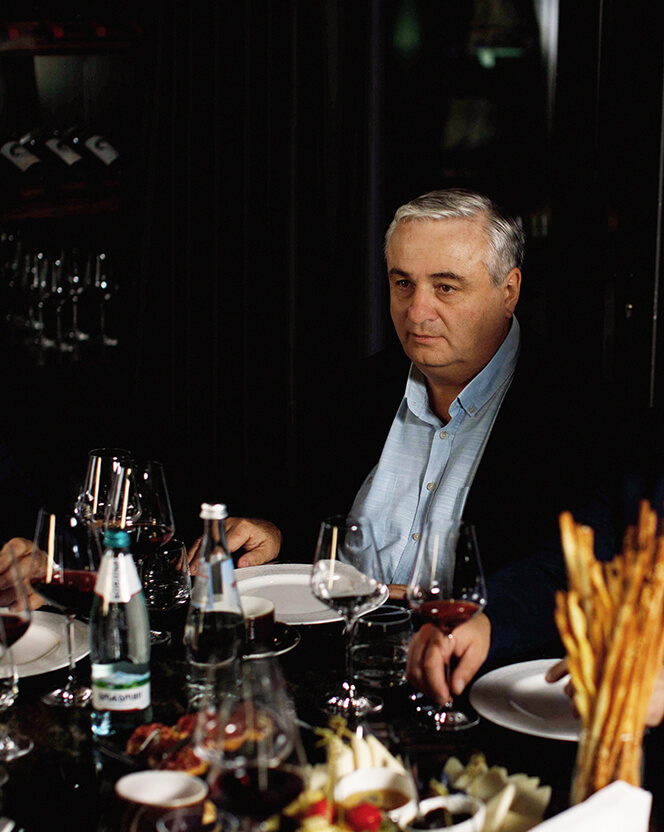
We are well acquainted with the European models of such associations, which often undertake the upkeep of the region’s wineries. The scientific research you have mentioned could be facilitated under the guidance of your association. It’s beneficial that there’s an agricultural center in Bolnisi, aiding individual producers, without technical equipment, to achieve the finished product through wine bottling and presentation.
Mr.Avqopashvili has mentioned scientific approaches and research. I’d like to discuss two projects from the National Wine Agency. The first one involves the vineyard cadastre of Georgia, which gathers details regarding the spatial layout of vineyards and their primary agronomic features.
This enables us to plant vineyards while considering modern geographical aspects. This project has been operational since last year, and we’re beginning to see the initial results. The second initiative involves climate studies of Georgia based on the past 20 years of data. We’ve compiled this information into a guide titled Climate Analysis for Modern Viticulture: practical guide for winegrowers. This book addresses the viticulture challenges specific to each region of the country, considering both vertical zonation and contemporary climatic conditions. We anticipate it will provide substantial assistance to our winemakers.
The roots of European viticulture trace back to Kvemo Kartli, encompassing Marneuli. This region boasts sites like Gadachrili Gora (hill) and Shulaveris Gora, embodying the Shulaveri-Shomu culture, a source of pride not only for our country but beyond. The iconic slogan, Georgia – the homeland of wine, originates from this historical context.
The name Marneuli originates from the word Marani, meaning wine cellar. Until the 1950s, viticulture thrived here, leaving traces that are still evident today. The local government actively promotes the industry’s growth, supporting initiatives by local winemakers and organizing wine events. Despite noticeable efforts, presently, there aren’t many new vineyards in Marneuli, though the visible attempts to plant more vines are worth mentioning.
Asureti boasts an equally rich history, witnessing numerous significant events, particularly over the last three centuries. The settlement of Germans in 1818 catalyzed Asureti’s development and established Asuretuli Shavi as the region’s leading grape variety. This historical legacy continues to provide Asureti with significant momentum even in contemporary times.
Giorgi Samanishvili: I believe it would be beneficial to observe similar developments in Asureti, following the example set by Bolnisi.
Alexandre Chichinadze/Winery Chigo/Asureti: We’ve established an association comprising of 28 family wineries within the micro-district. This village holds immense potential, and there’s substantial work ahead to foster its development. Bolnisi and its wine association, as you’ve highlighted, serve as an excellent model for us. If we manage to attain even half of their progress, it would undoubtedly have a positive outcome for us.
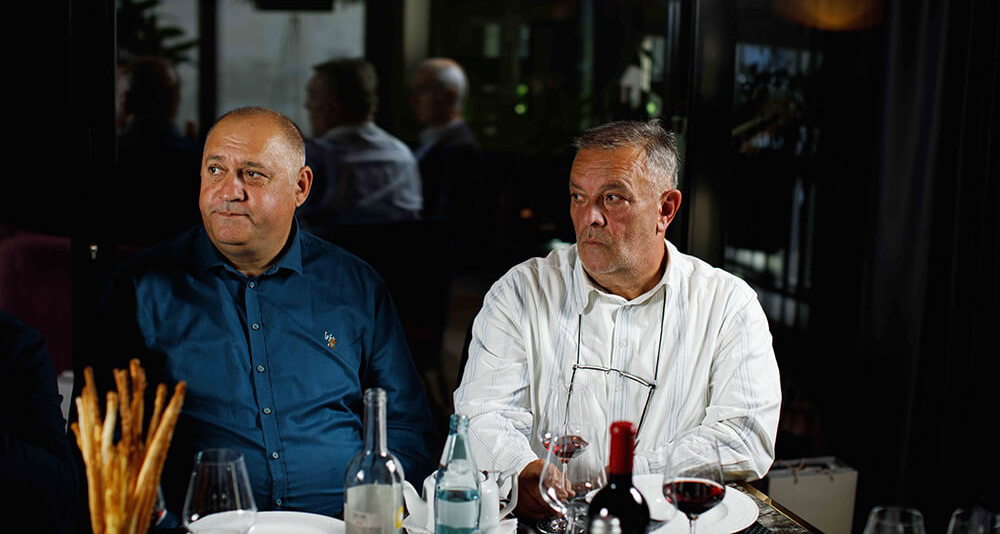
Giorgi Samanishvili: Within the framework of the main feature, we will be sampling two Asuretuli Shalas from Winery Chigo and Winery Marbano. Despite their stylistic differences, both wines exhibit distinctive Asuretian varietal character very well.
Levan Bandzeladze: At present, Marbano wines are available in 7 countries. We’ve recently launched a new line featuring Asuretuli Shala, branded as Elizabethal. This particular line is solely offered in Stuttgart, Germany, and the initial feedback has been incredibly positive. Our narrative with this wine connects back to the settlers from Stuttgart who arrived in Asureti. Through this wine, we share the story that the Asuretuli Shala is a Georgian variety discovered by their ancestors, and that we continue to refine it to this day. From a touristic perspective, it attracts significant attention, which I believe will immensely benefit Asureti. Numerous Germans have already expressed their desire to visit here.
David Maghradze: Preserving and promoting this variety is undeniably crucial.

